Our eyes can only see so much. But what if we could peel back the layers of the unseen? Thanks to innovative technologies and creative photography, we’re now able to visualize things that were once invisible. From the vastness of space to the tiniest particles, prepare to have your perception of reality expanded with these incredible images of the invisible!
Andromeda’s Halo
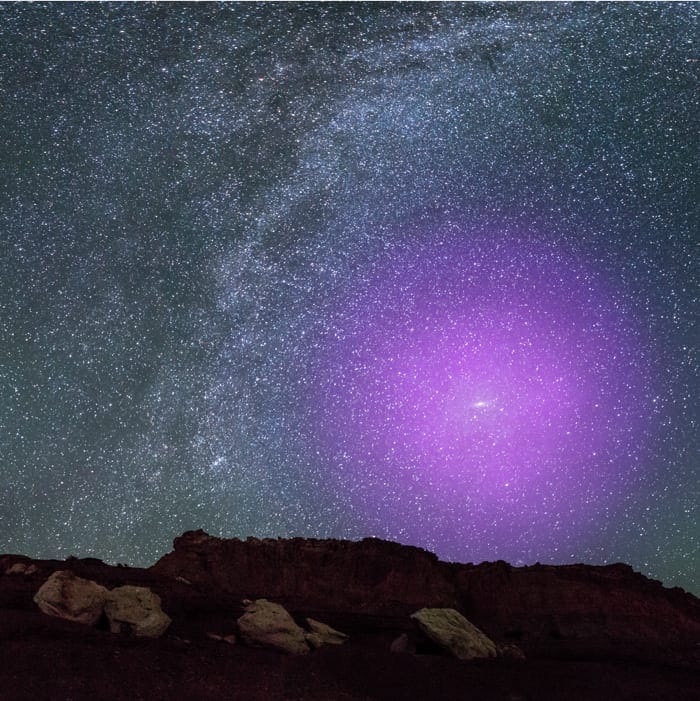
When we look at the night sky, we see stars. But galaxies also have galactic haloes, which are gas clouds wrapping around them like atmospheres. In 2020, scientists made visible the halo of Andromeda, our closest galactic neighbor. If this were visible, it would appear as a violet glow 100 times bigger than the Moon.
By tracing the behavior of ultraviolet light traveling through the gas, researchers mapped Andromeda’s invisible atmosphere. The halo extends 1.85 million light-years into space and consists of two shell-shaped formations. Studying Andromeda’s halo helps us understand the Milky Way’s past and future evolution.
An Explosion’s Shock Wave

Canada’s Defence Research and Development agency, located far from civilization, is the perfect place to blow things up. In 2015, they detonated explosives during a test and captured an extraordinary photo of the explosion’s shock wave.
Shock waves happen when something expands faster than the speed of sound, causing a sharp change in pressure. While usually visible in water or near the ground, this image clearly captured the shock wave in the air, surrounding the explosion with a bubble-like blur.
A Surprising X-Shaped Magnetic Field
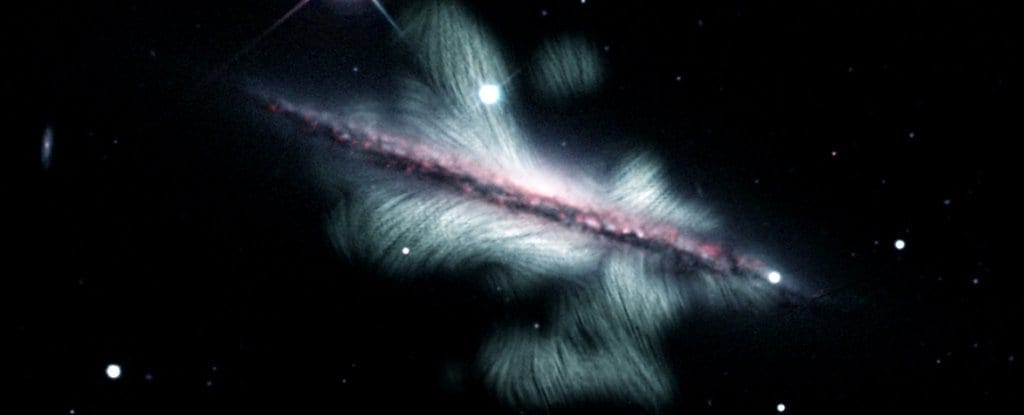
NGC 4217, a spiral galaxy, made headlines when an image of its magnetic field was created in 2020. By measuring the speed and behavior of cosmic rays, scientists revealed the galaxy’s magnetic field, which stretches 22,500 light-years into space and is X-shaped.
The image also revealed giant gas bubbles, a spiraling magnetic field, and loops being thrown outward. These phenomena offer new insights into how galaxies generate their magnetic fields.
Gravity Waves Over Australia
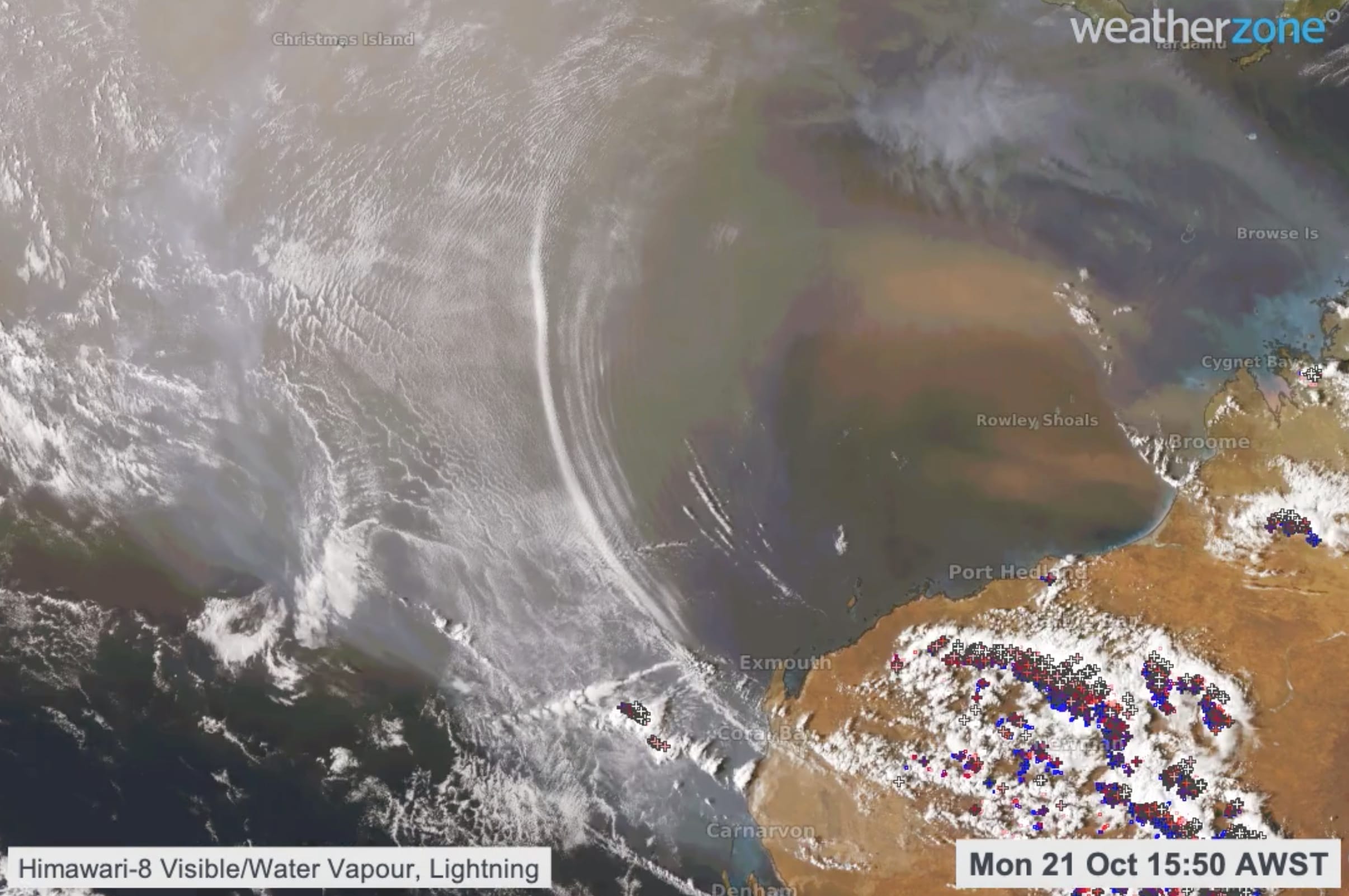
In 2019, a weather satellite captured gravity waves rippling over Australia. Gravity waves are usually invisible, but a storm swept cold air into the atmosphere off the northwestern coast. This created curvy clouds along the crests of the gravity waves, making them visible to satellites.
These waves are the result of Earth’s gravity trying to balance the atmosphere after the storm caused temperature differences. Seeing gravity waves is incredibly rare, making this image particularly special.
Dark Matter
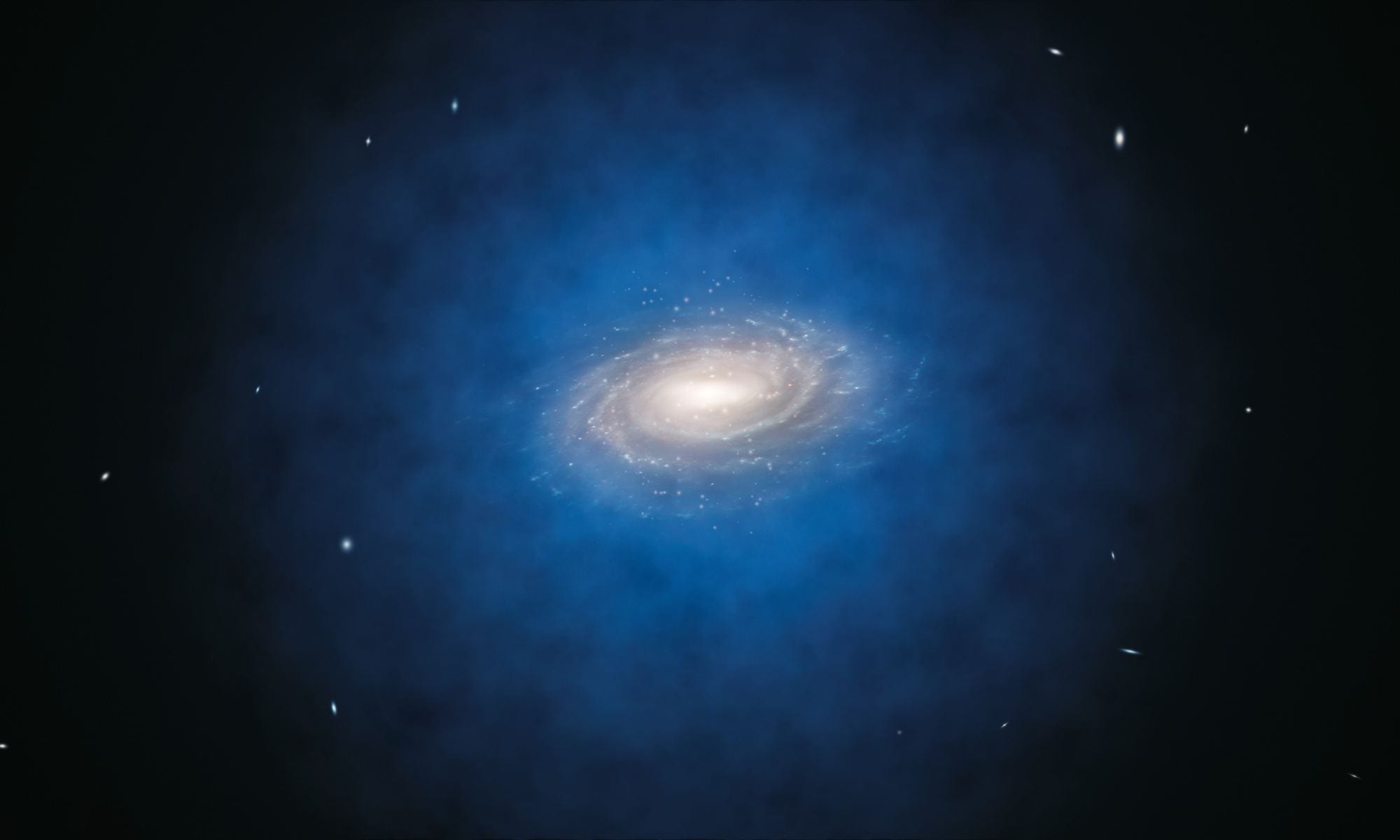
Dark matter makes up 85 percent of the universe, but it’s impossible to see directly. Scientists infer its existence by observing how its gravity affects other matter and light. It’s theorized that dark matter forms halos around galaxies.
A simulation by the Harvard & Smithsonian Center for Astrophysics showed that dark matter, made of weakly interacting massive particles, forms haloes around galaxies at all mass scales. The simulation revealed that these rings were fuzzy at the edges and denser near the center, confirming that haloes are a key feature of dark matter.
Bird Tracks In The Sky
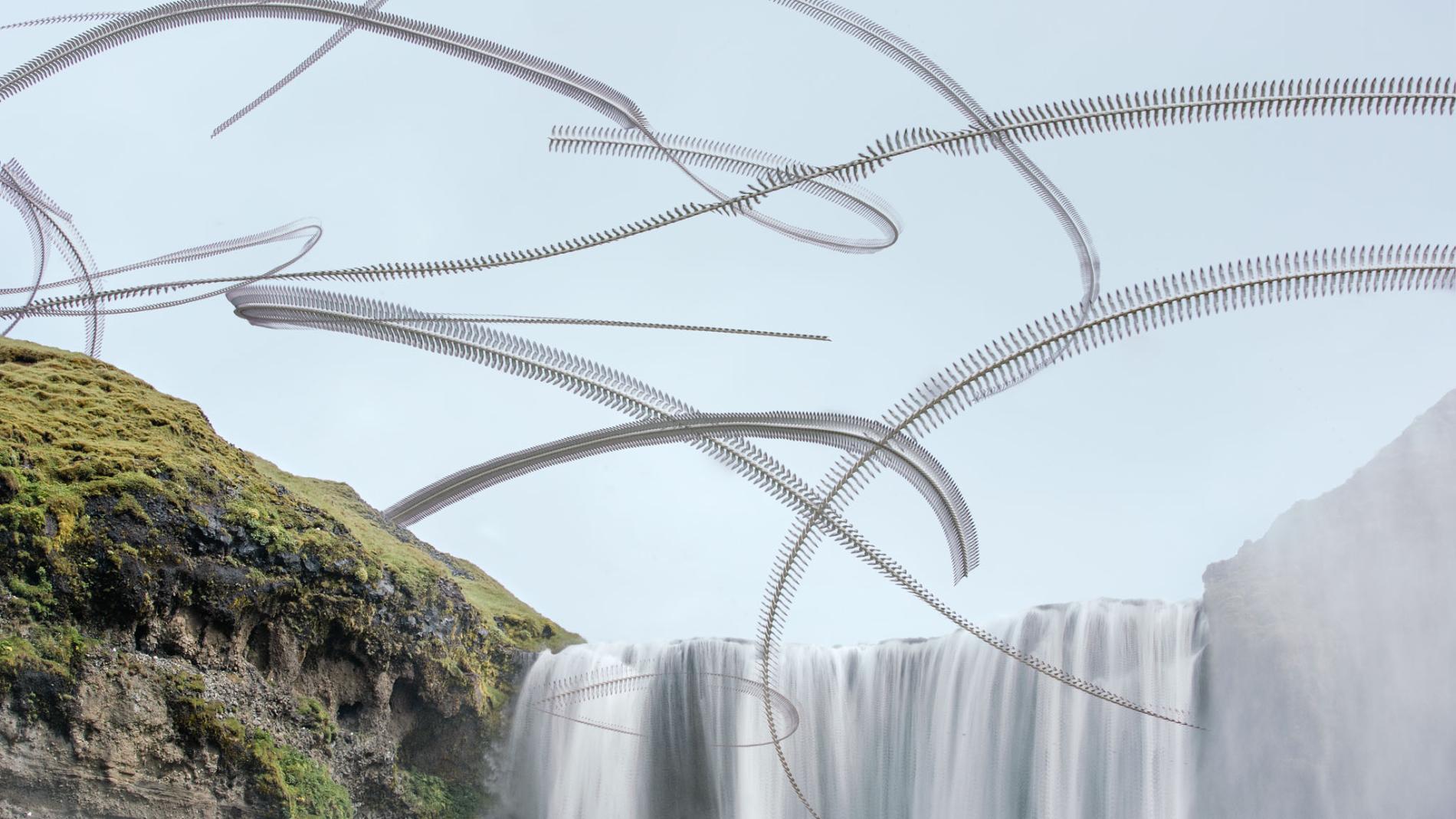
Photographer Xavi Bou wondered what bird tracks looked like in the sky. Using a video camera, he filmed different species of birds in flight and compiled the frames into single images. The resulting photographs show mesmerizing “tracks” that reveal the paths birds take.
Each bird’s position advances frame-by-frame, creating snake-like ripples that capture the beauty of their flight patterns. This unique perspective transforms something ordinary into a stunning visual.
The Speed Of Light In Slow Motion
Nothing is faster than the speed of light, traveling at 186,000 miles per second. In 2019, researchers used the world’s quickest camera, the T-Cup, to record a laser shooting through a bottle of milk. The milk’s molecules scatter light, making it more visible.
The T-Cup filmed at an astonishing 100 billion frames per second, capturing the laser’s journey in slow motion. The footage showed a blue blur streaking through the milk, providing a glimpse of the speed of light in action.
The Glow Of Flowers
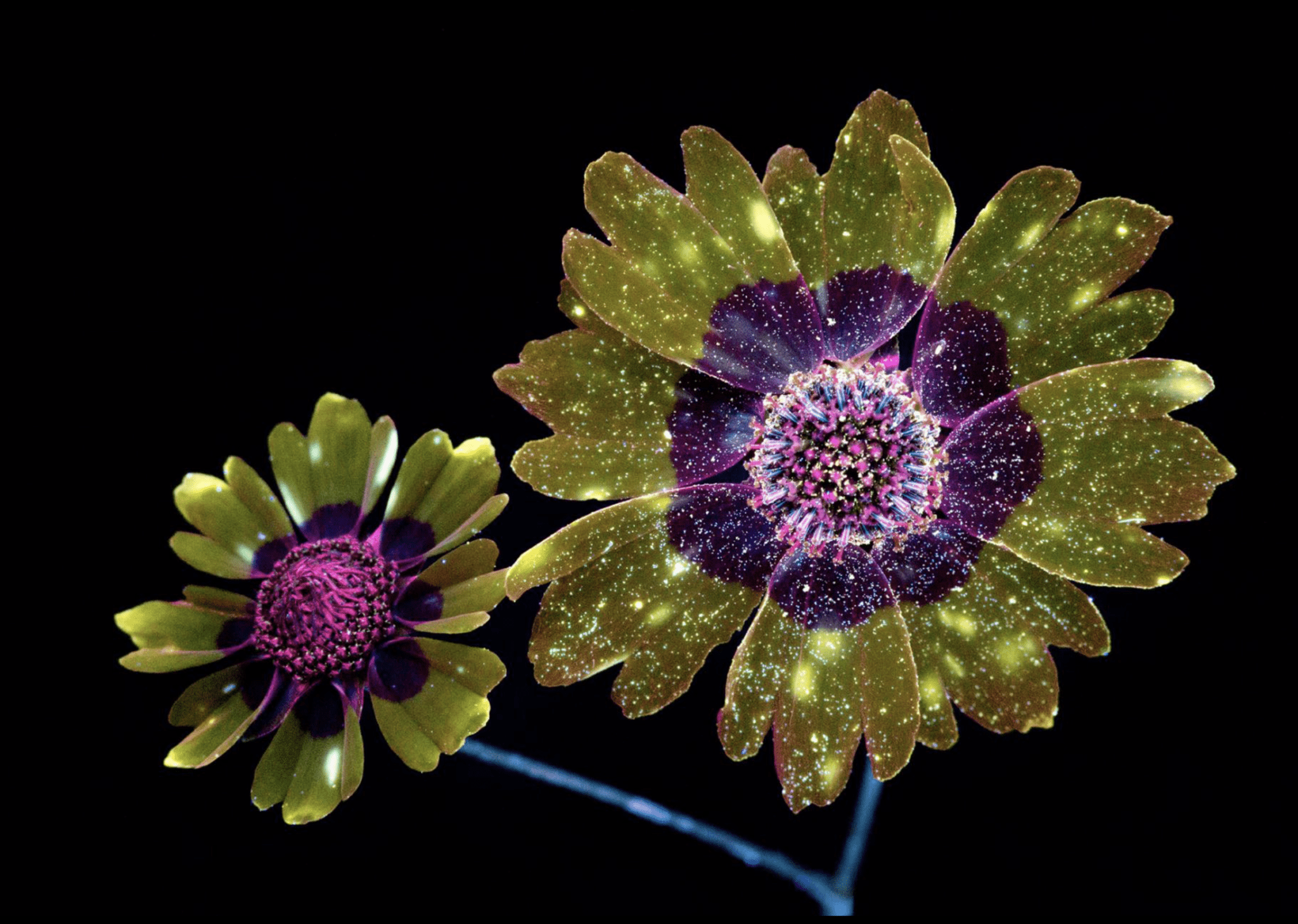
UVIVF (ultraviolet-induced visible fluorescence photography) causes objects to fluoresce, capturing unseen light that radiates from them. Photographer Craig Burrows used this technique on flowers in 2018, revealing unusual colors, sparkles, and glittering hues.
The photographs showed that pollen was especially bright, supporting the theory that flowers use fluorescence to attract pollinators. These images transform ordinary flowers into otherworldly wonders.
A New Breed Of UFO (Maybe)
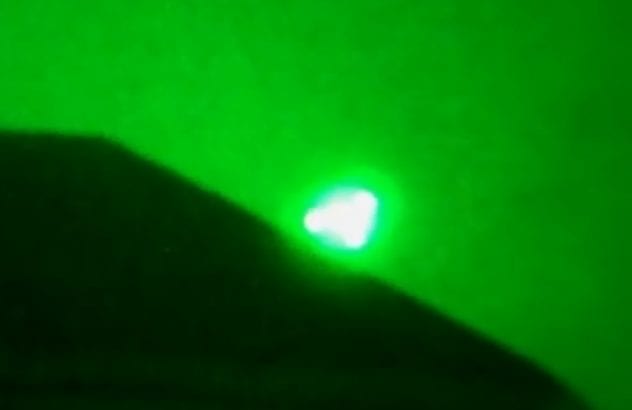
Some claim that the skies are full of invisible flying objects, tracked with night-vision cameras. This theory suggests a new type of UFO emitting infrared light, otherwise undetectable. Some even claim to have witnessed battles between these crafts.
Skeptics argue that these “invisible fleets” are just aeroplanes, moths, bats, and satellites magnified by infrared devices. Even dramatic cases, like a silent, blazing triangle-shaped UFO captured in Texas, have been dismissed as military drones with infra-red lights.
A Trapped Atom
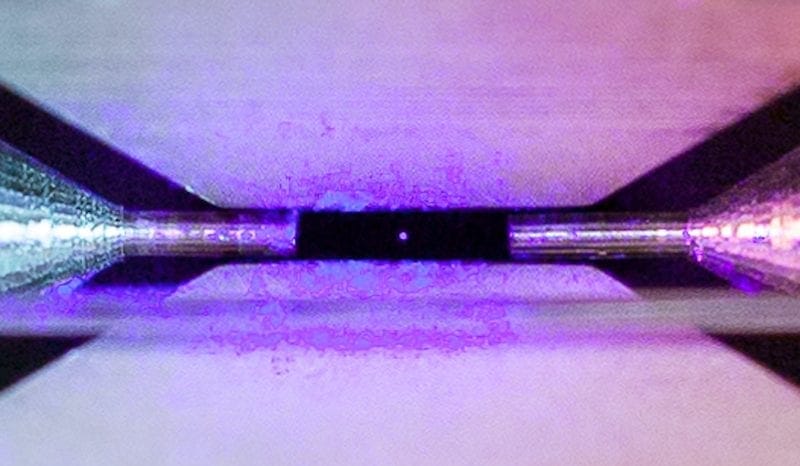
Physicist David Nadlinger challenged the belief that atoms are too tiny to see without special equipment. In 2018, he successfully photographed an atom with the naked eye, winning a prestigious science competition.
Nadlinger trapped the atom between electric fields inside a vacuum chamber, held by two needles 2mm apart. A blue-violet laser tinted the atom blue, making it visible. This achievement offers an amazing opportunity to look directly at the building blocks of matter, potentially aiding the creation of quantum computers.
These images offer a glimpse into the unseen aspects of our universe, from the vastness of galactic halos to the smallest building blocks of matter. Through innovative techniques, we can now visualize phenomena that were once invisible, expanding our understanding and appreciation of the world around us.
What unseen wonder fascinated you the most? Leave your comment below!










